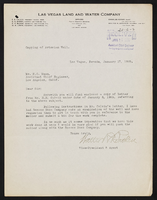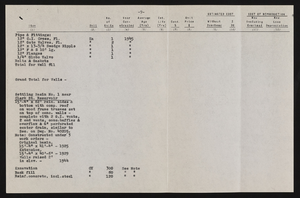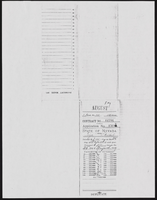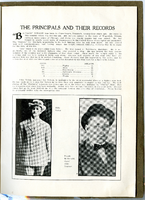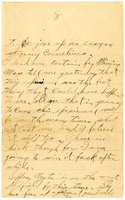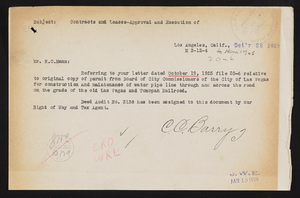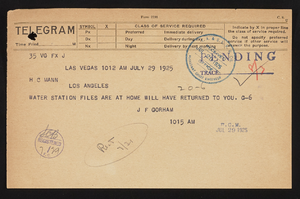Search the Special Collections and Archives Portal
Search Results
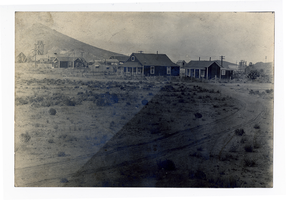
Goldfield homes in the desert: photographic print
Date
1900 (year approximate) to 1915 (year approximate)
Archival Collection
Description
View of desert dwellings in Goldfield, Nevada.
Image
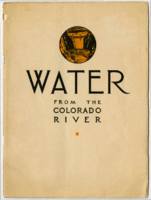
Pagination
Refine my results
Content Type
Creator or Contributor
Subject
Archival Collection
Digital Project
Resource Type
Year
Material Type
Place
Language
Records Classification

